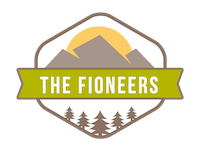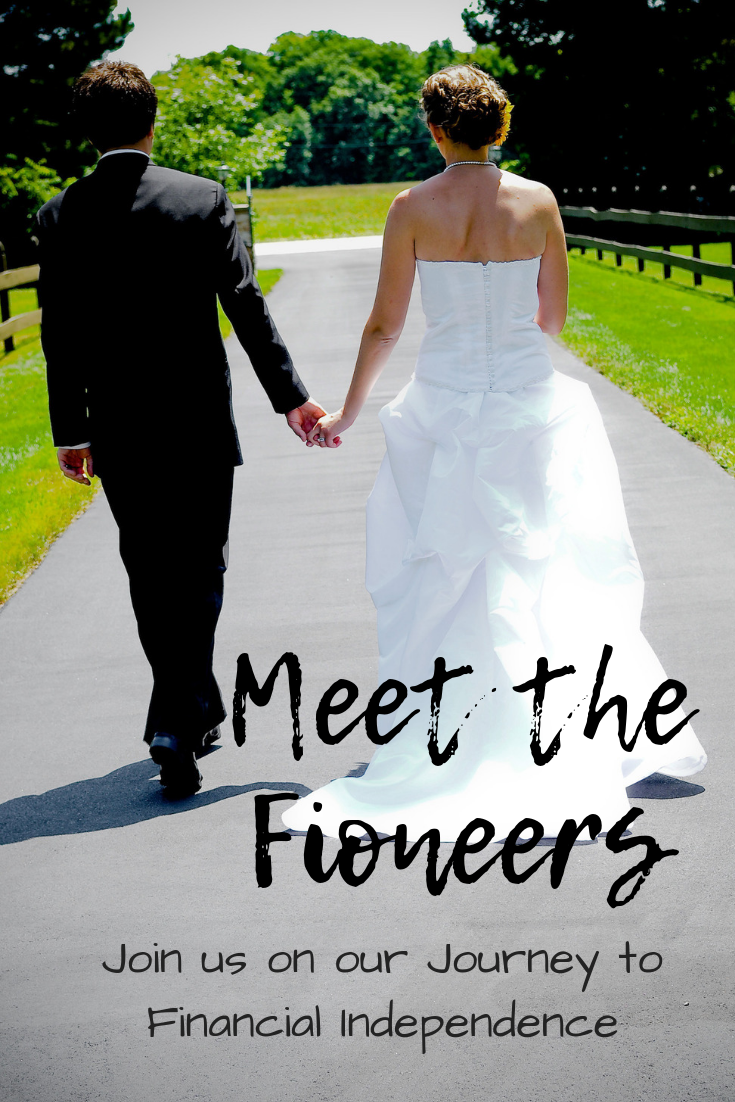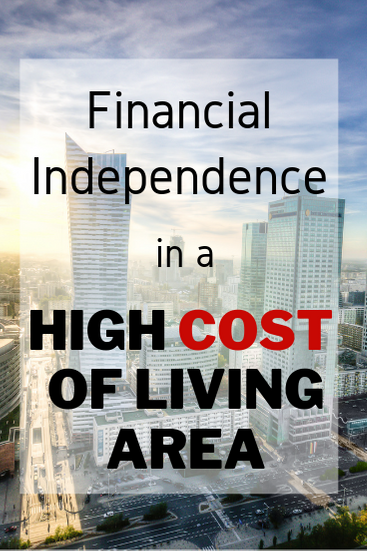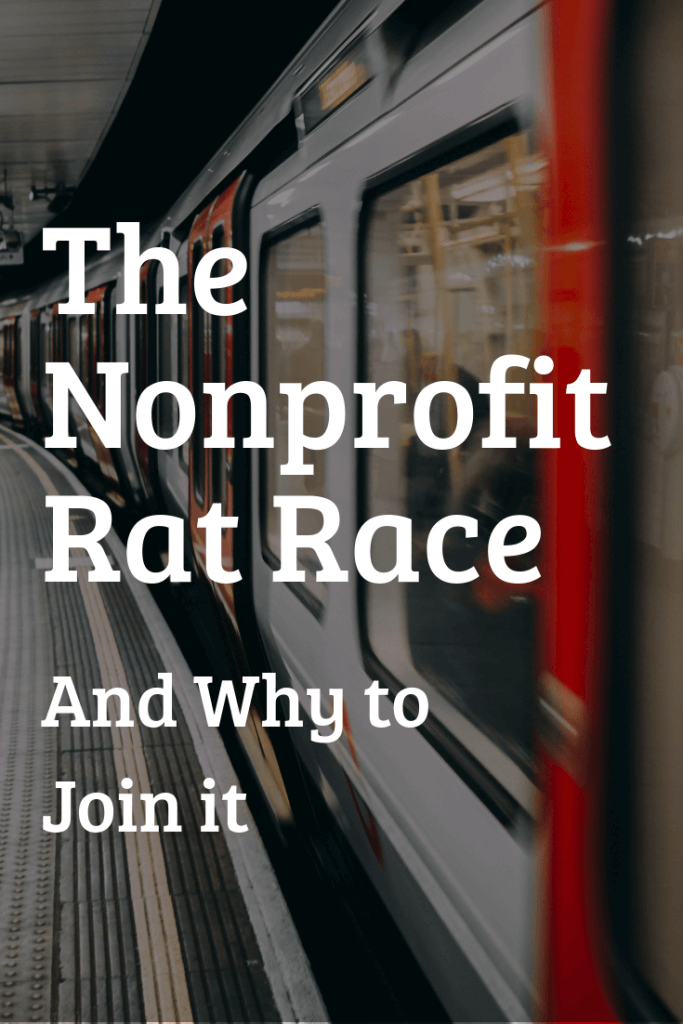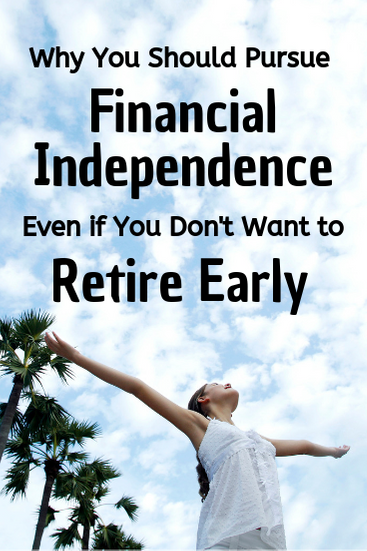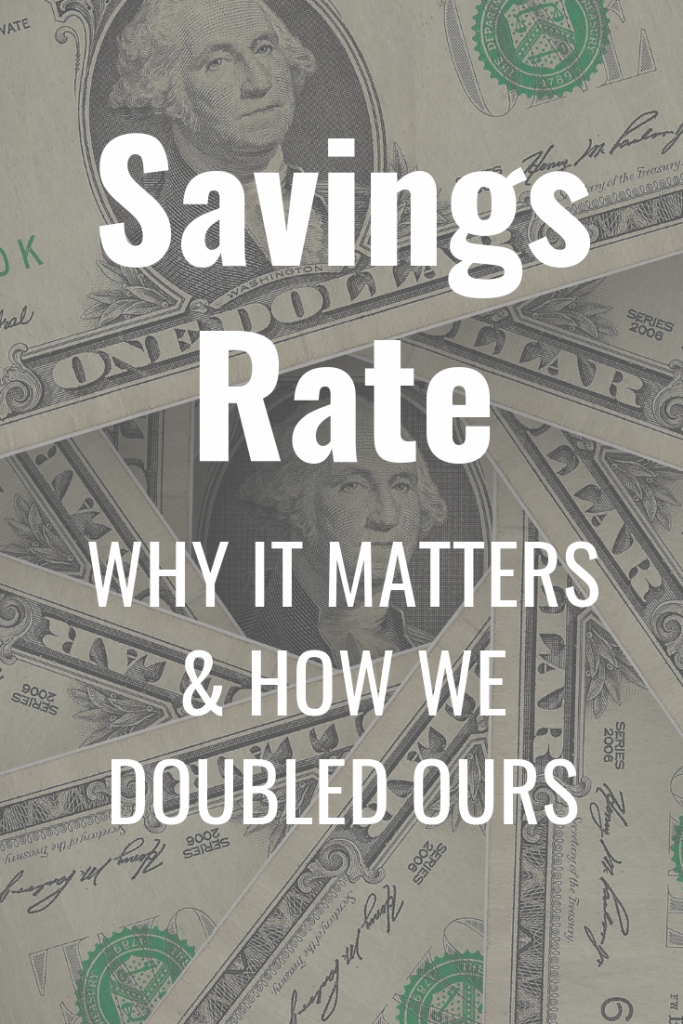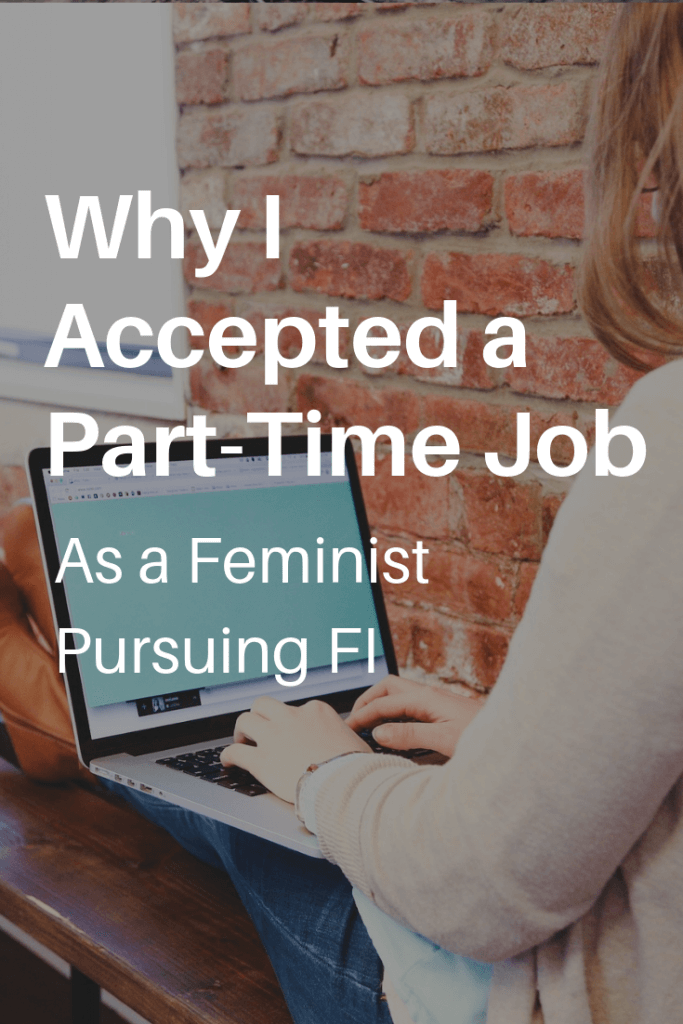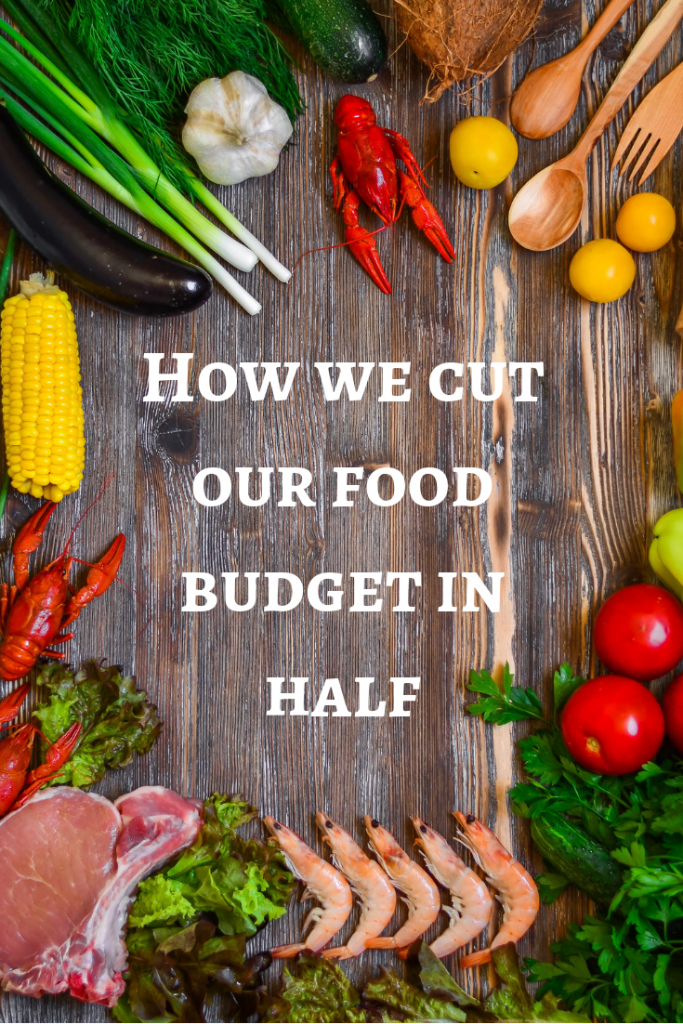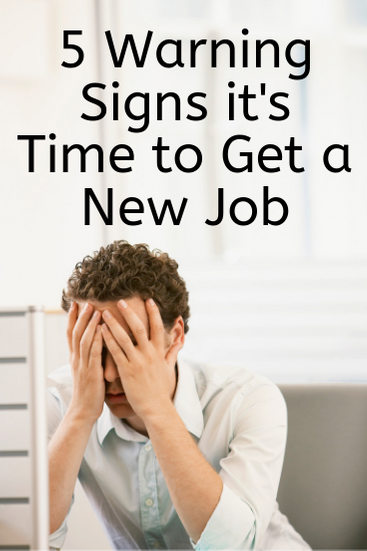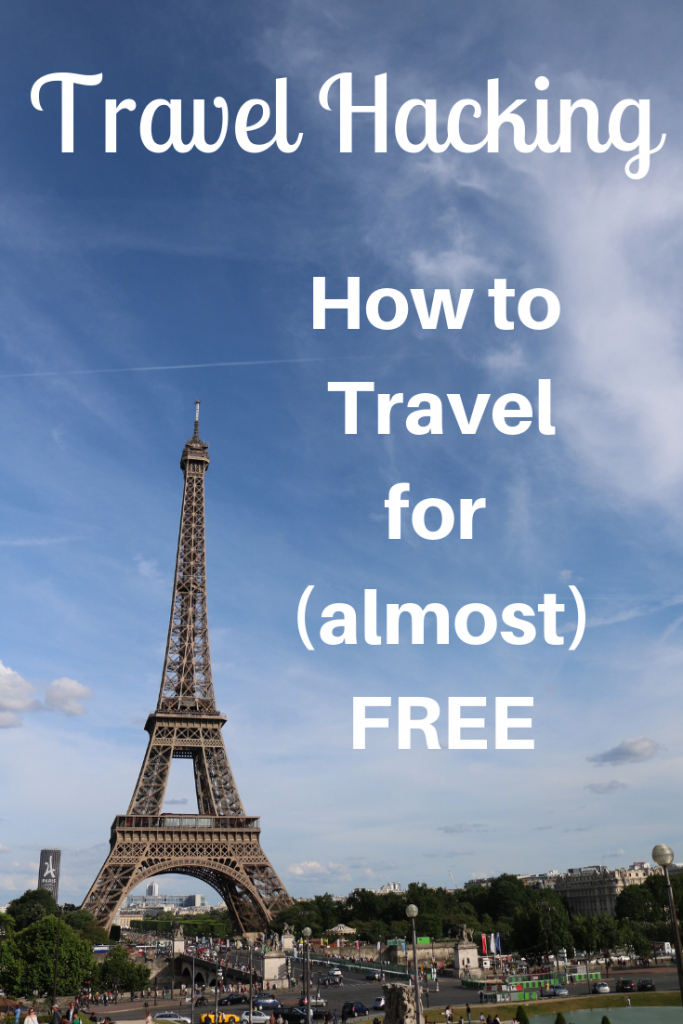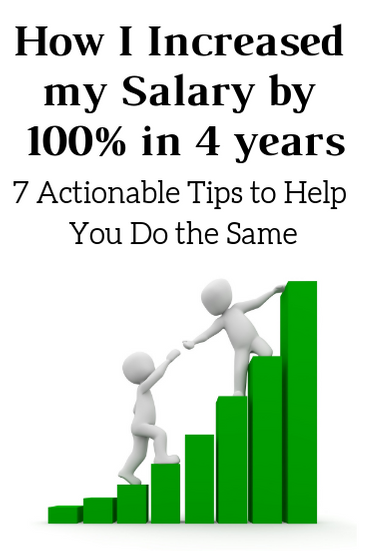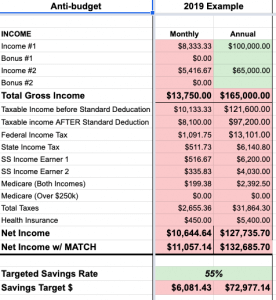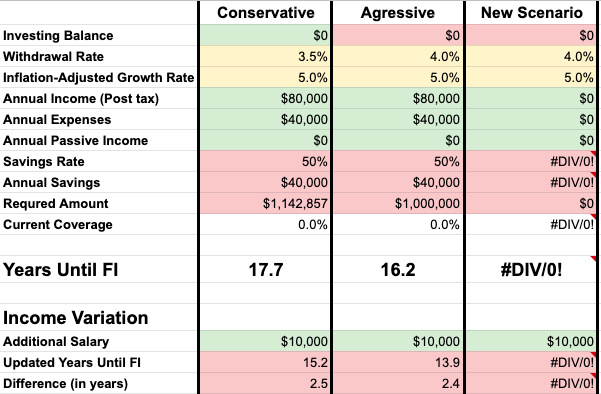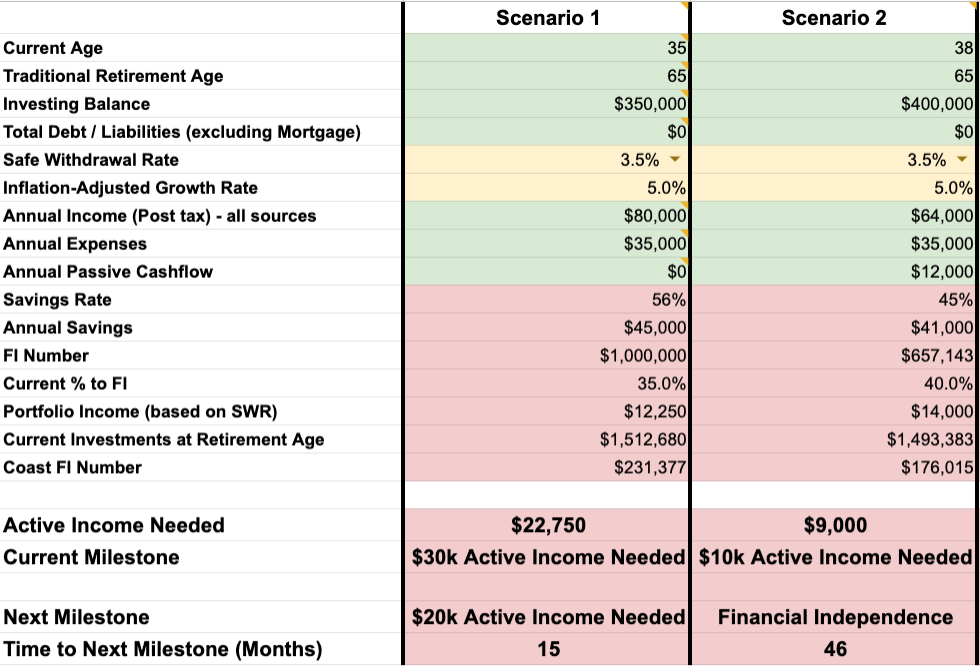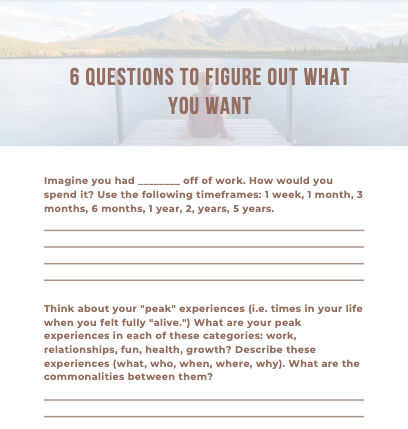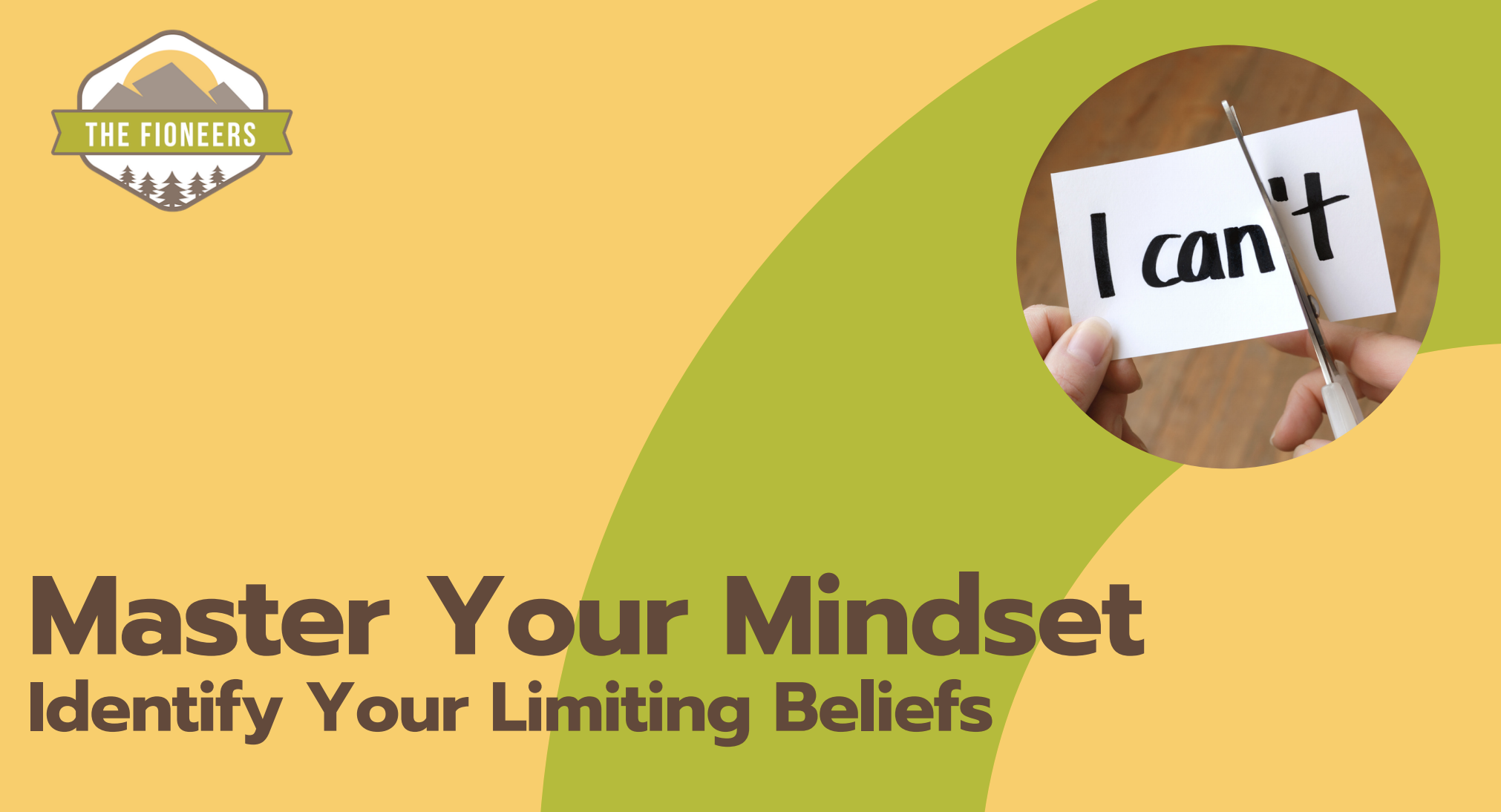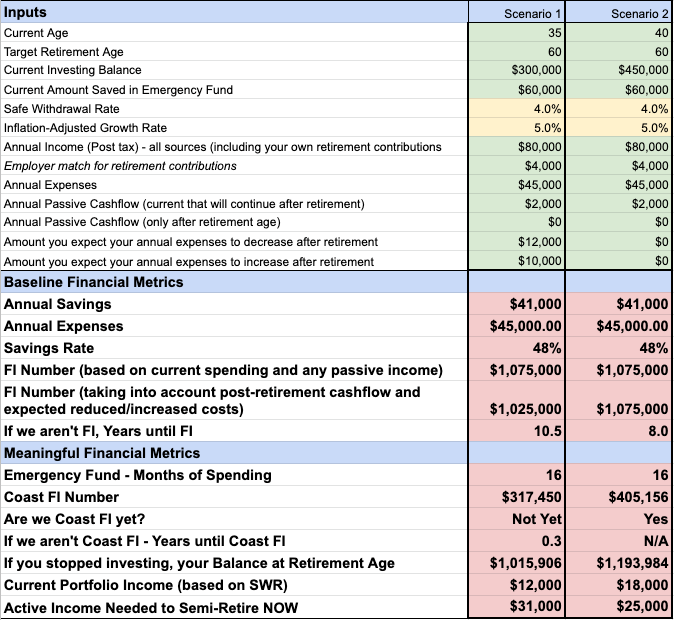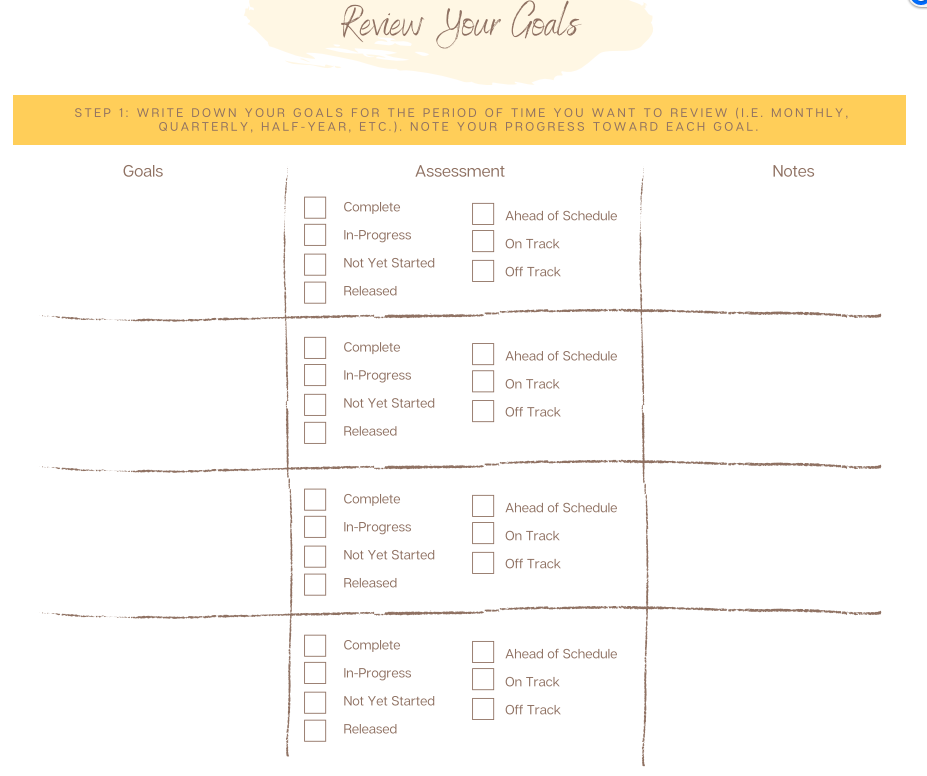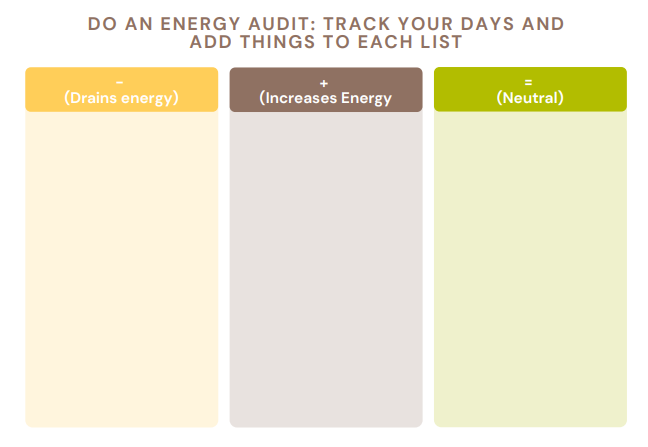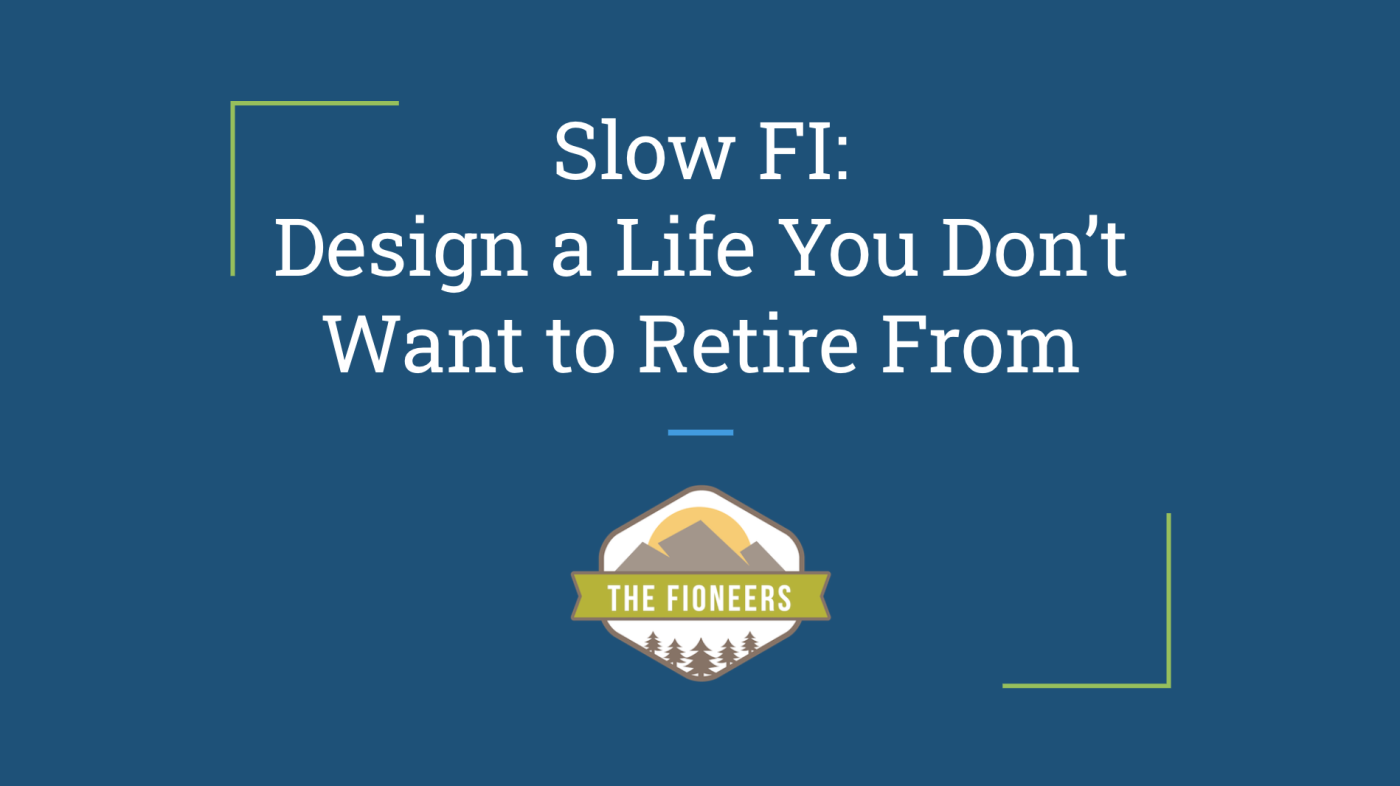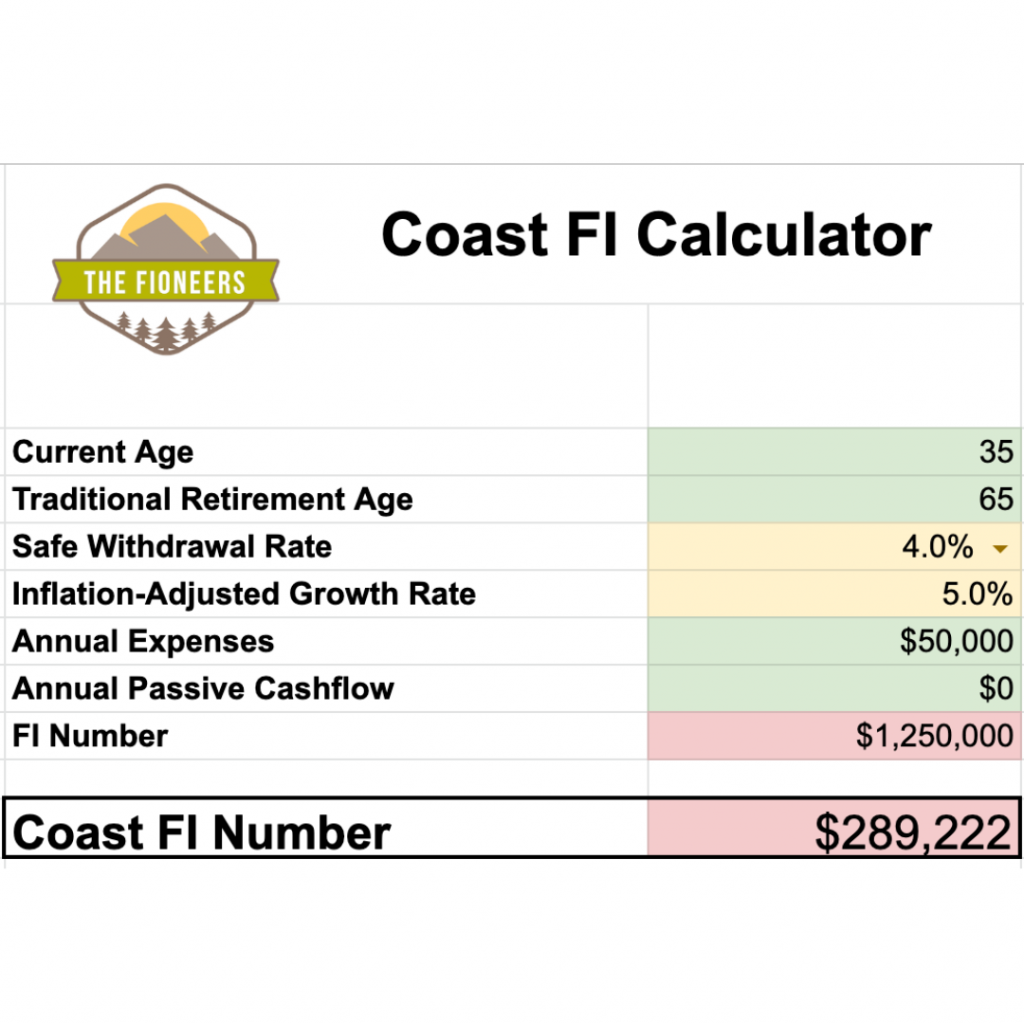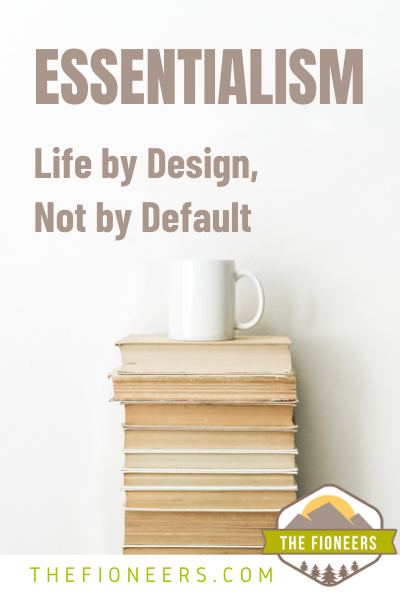
Many people have recommended the book Essentialism to me over the years. It sounded somewhat interesting. But, I usually moved on without buying it or requesting it from the library.
Based on the description and how people talked about it, I thought the book was about applying the ideas of minimalism (or living with less) to how you spend your time.
In late 2019, I delved into minimalism, and we even did our own minimalist challenge. During December, we got rid of over 500 items. On December 1st, we got rid of one thing. On December 2nd, we got rid of 2 things. On December 31st, we got rid of 31 things.
I will be honest, I wouldn’t call myself a minimalist (yet) as it relates to my stuff. I don’t yet feel like I have a nuanced understanding of minimalism nor have I reaped the tremendous benefits. I could probably do another month-long minimalist challenge and hardly notice 500 more items leave my house. I still have a long way to go.
I have a pretty shallow understanding of minimalism. When I heard about the book, I thought it was primarily about choosing to do less. I thought the book would encourage me to figure out what I didn’t want in my life. Then, it would be easy to eliminate those things.
Over the last few years, I have already “culled” a lot of the time-consuming, non-important things from my life:
- I quit a full-time job that caused mental health issues and later went back to work part-time.
- I traded my long car commute for a 20-minute public transit commute (and now a commute from my bed to my living room).
- Because I knew that someone else would step up, I quit a volunteer board leadership position that took up too much of my time.
- After not reading the chosen book for 4 months in a row, I decided I was no longer interested in my book club.
- I started setting clear boundaries at work and saying no to things that I didn’t think were important.
- Since the pandemic started, I’ve even realized that showering every day is not necessary. 😉
This book was recommended to me again a few weeks ago by my friend Becky, who writes at TwentyFree and hosts the Find Your Freedom Podcast. I internally rolled my eyes and felt like I didn’t need to read it.
Becky quickly followed up her recommendation with a statement that piqued my interest. She said that the book was life-changing for her, and she rereads it at least once/year. I really respect Becky. She recently quit her full-time job to run her own online business and is working toward making her dreams a reality. With this glowing endorsement from her, I finally decided to borrow it from the library.
“There must be something more to it than just eliminating things from your life,” I thought.
When I picked up the book, I realized this was true. Essentialism is so much more than just doing less. I found the book so valuable that I ended up buying a copy as well because I knew I’d want to reread it later.
What Is Essentialism?
In the book, the author describes essentialism as the “relentless pursuit of less but better.” I like this definition, but it needs a bit more explanation.

Here is a definition that I appreciated from the introduction of the book.
“Essentialism is not about how to get more done; it’s about how to get the right things done. It doesn’t mean just doing less for the sake of less either. It is about making the wisest possible investment of time and energy in order to operate at our highest point of contribution by doing only what is essential.”
Those are powerful statements. Essentialism doesn’t mean we just do less. It means we are making the “wisest possible investment of time and energy.” It’s definitely about more than just doing less. It’s about making our best contributions to the world, and we can only do that by figuring out and doing what is essential.
Another way to describe it is to say “Essentialists live by design, not by default.”
If we don’t intentionally chart our own course and say no to other options, we are essentially saying “yes” to the default path. If we don’t make these hard decisions for ourselves, we are allowing others – our bosses, our parents, our partners, society – to decide for us.
I definitely identify with this sentiment. For many years, I felt like I was following the path that society had laid out for me. I was climbing the corporate ladder in efforts to make it easier for women to do so in the future. I was seeking to increase my income and save money and had no idea what I was actually saving it for.
For those of you who know my story, I crashed and burned. I started having panic attacks and severe anxiety. Now, I’m outspoken about how people should write their own life scripts and design lives that they love.
Essentialism ultimately means that we are designing a life that we love. We can decide what is most important to us and eliminate the rest.
How to Live By Design, Not by Default
If you want to become an essentialist (and live by design, not by default), you need to design your life. In a lifestyle design process, you first determine what is truly important to you. You invest there. Then, you eliminate everything else.
Determine What is Important to You
In this book, the author discusses a few ways to “discern the trivial many from the vital few.”
According to the book, to determine the life that we want to create for ourselves, we need to:
- Explore a lot of potential options rather than jumping in on everything
- Set aside time and space to think and focus
- Look at the big picture of your life and identify trends
- Make time for play (things we do simply for the joy of doing them) to rejuvenate our creativity
- Take care of our minds and bodies through sleep and self-care
I love this last point about self-care. The book calls it protecting the asset.
“The best asset we have for making contributions to the world is ourselves. If we underinvest in ourselves, and by that, I mean our minds, our bodies, and our spirits, we damage the very tool we need to make our highest contribution.”
These are all vitally important things when you are designing your life. I wish the book had gone more into detail about how to look at the big picture and identify trends because this is a key component of lifestyle design.
I call it “identifying the building blocks of your ideal life.” By building blocks, I mean that people need to look holistically at their lives and what’s important to them in 3 categories:
- WHAT – what activities, type of work, or personal projects do they enjoy
- WHY – what are their core motivations that make something feel worth doing, what impact do they want to have on the world
- HOW – what unique strengths do you want to utilize, what personality characteristics do you want to incorporate, and how do you want to feel as you do these things
The book also talks about trade-offs. Essentialists don’t make trade-offs between good and bad things. They are making trade-offs between good things and GREAT things. When we determine the elements of our ideal lives, we can be more confident about deciding what we want to go “all in” on.
Ideally, if something is not a “HELL YES,” it should be a “no.”
Eliminate What Isn’t Important
Once you discern the “trivial many from the vital few” you can take steps to eliminate the things that aren’t important to you.
The book provides many helpful strategies to help figure out what to eliminate and then take the steps to do that. A few helpful strategies include:
- Rating something from 0-100% on how excited you are about it. The author recommends that if it’s lower than 90%, reject it. This helps us to weed out things that are “okay, “fine,” or even “good.”
- Asking yourself, “If I didn’t already have this opportunity, what would I be willing to do to acquire it?” This helps us to not see something in a more positive light just because we already have it, which is a common bias for people.
- Remove things from your life 1-by-1 to see if there are negative consequences. If there are negative consequences, you can add them back in. If there aren’t, you can leave them out forever.
- Figuring out how to say “no” without actually saying the word “no.” One example I love to use is, “That’s a great idea; I’d love to be able to do that. Unfortunately, I can’t commit to that right now.”
Something that I’ve been working on over the last two years is to set firm boundaries around work. This allows me to focus on work when I’m working, and to focus on what’s important to me outside of work when I’m not working. If you struggling with setting boundaries at work, I’d definitely recommend checking out the post for tips.
Essentialism is about Way More than Just Doing Less
Becoming an essentialist doesn’t mean that you just do less. It means that you determine what you value most and how you can add the most value to our world. You try out various options to see which ones you want to go “all in” on. Then, you cut out everything that gets in the way.
What do you want to go “all in” on?
